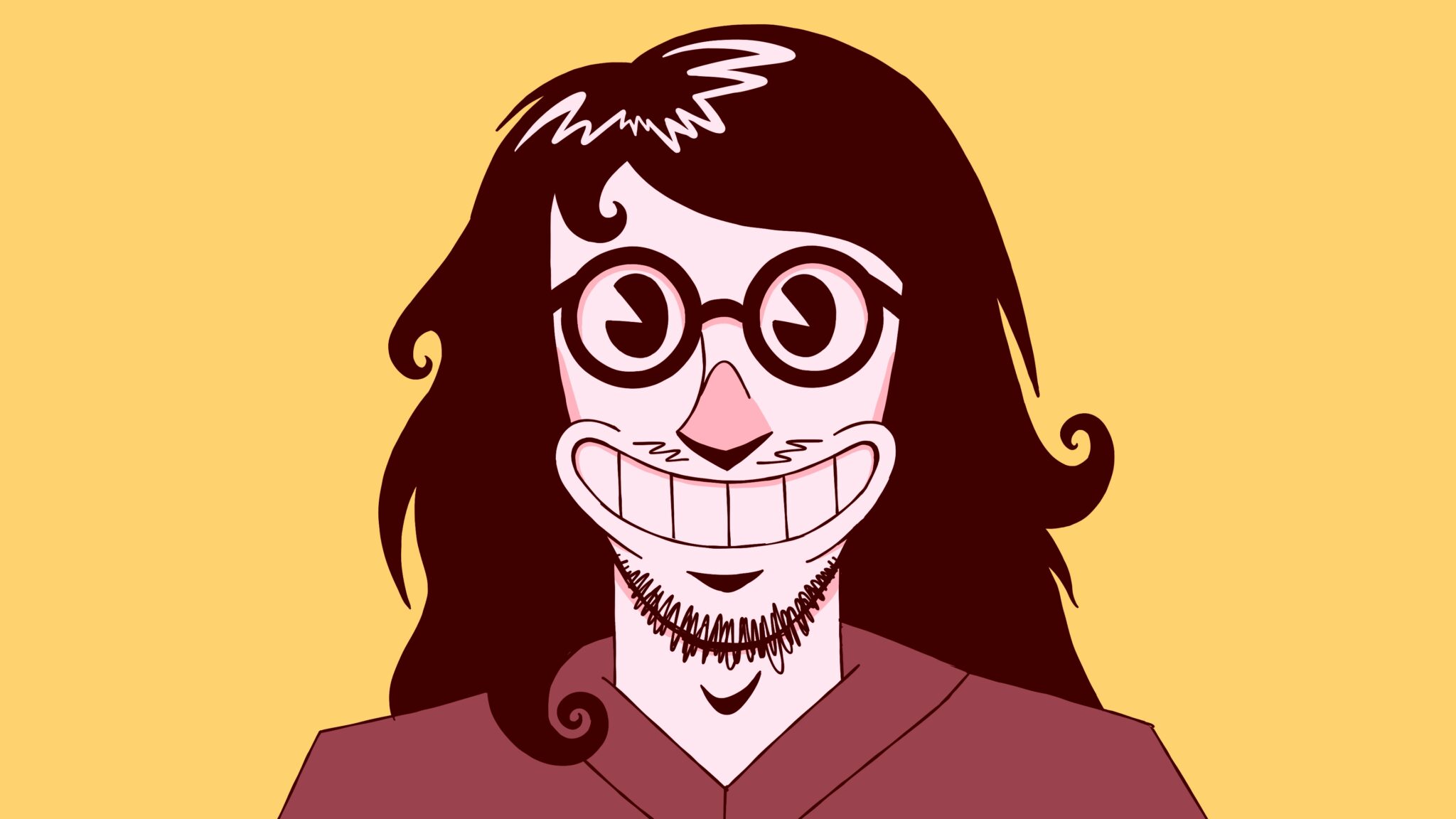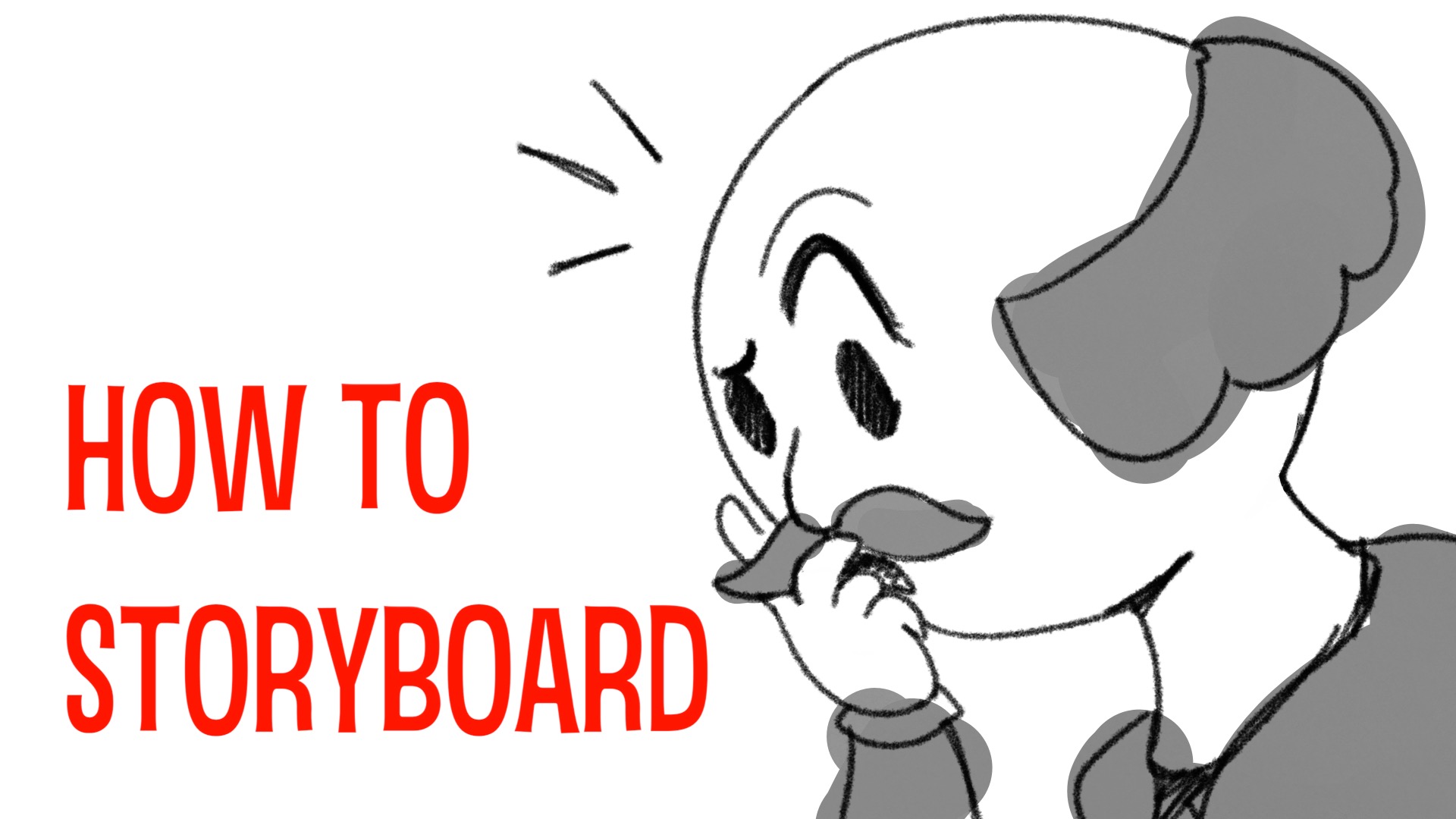Storyboards for Animation and Film.
A Storyboard is the blue print of a film. The Storyboard is a collection of images used to plan out the story visually.
- Storyboarder is an awesome free program for making soryboards!
These drawings show the composition, camera movements, and the how the shots will flow from scene to scene.
Before making a storyboard, it’s helpful to make thumbnails of your ideas.
See these drawings I made of a turtle meetings a jellyfish. You can see many angles and shot ideas for a single scene next to each other.

Thumbnails are very small drawings of only the most vital information in a scene. These drawings should be drawn loose and quick!
Thumbnails are where you can test out multiple ideas for showing a scene, and then pick the best one to refine later in your storyboards.
STORYBOARDING TIPS:
- It’s best to plan storyboards in the same aspect ratio as the final project, such as a 16×9 aspect ratio.
- Vary the composition. It’s normally not exciting to have too many medium shots in a row (but don’t use distracting shot types just for variety – think about how the staging impacts the mood/story).
- Establish the light source
- Consider how separate shots will flow together in sequence.
- The eye is naturally drawn to the point of highest contrast. Use contrast to guide the viewer’s eye to where you want.
- Keep the 12 principles of Animation in mind when Storyboarding. If you have strong staging, exaggeration, and appeal in the storyboard phase, it will make animating run more smoothly.
- Write! You don’t have to start out drawing immediately. Writing down your ideas is a fast way to get stuff out of your brain. You can always draw later.
Storyboard Template
Here’s an example of a simple template for storyboarding. Everyone develops their own methods, and if you’re a solo creator, as long as what you’re drawing makes sense to you, then the actual template doesn’t matter.

Experiment with how ideas might appear outside the laboratory of your mind.
Because thumbnails are small and drawn fast, it’s a good idea to draw multiple thumbnails for any given shot in order to pick the best ones.
Rotate the camera in your mind and explore different viewpoints and perspectives.
Play around with the proportions of a character, and think about how much of the body will be shown.
If we have an emotional scene, what happens if we go from a medium shot to an extreme close up of the character’s eyes?
Thumbnails are the place to play around with multiple iterations of a shot.
If storyboarding is the visualization process for film, sketching thumbnails is the visual process for the storyboard. These rough drawings will be refined later in the storyboard stage.
I hope you found this useful, and please consider sharing it with people would would also find it useful!
Sign Up to be notified of my 2D Animation Course + Free Tips!



